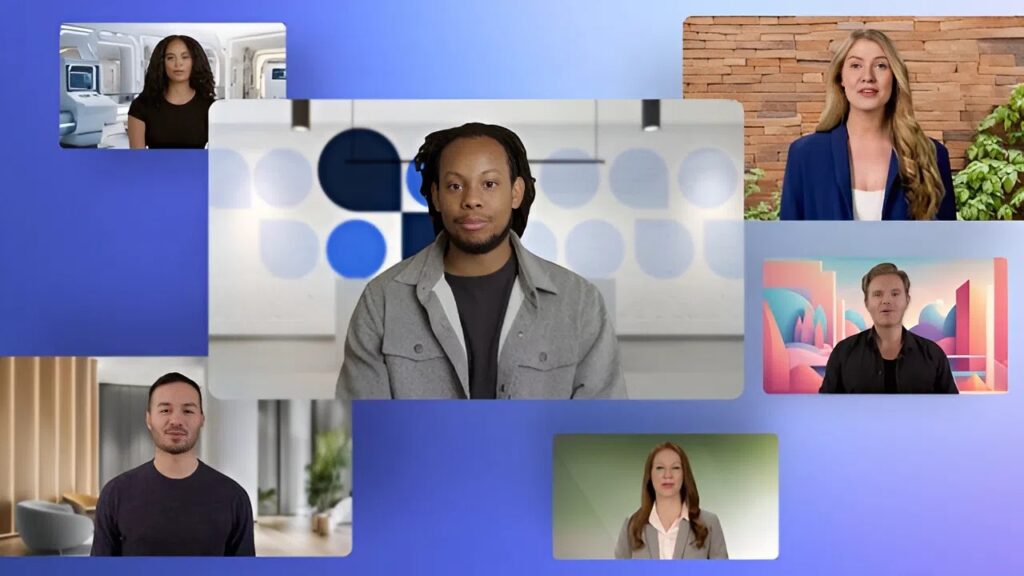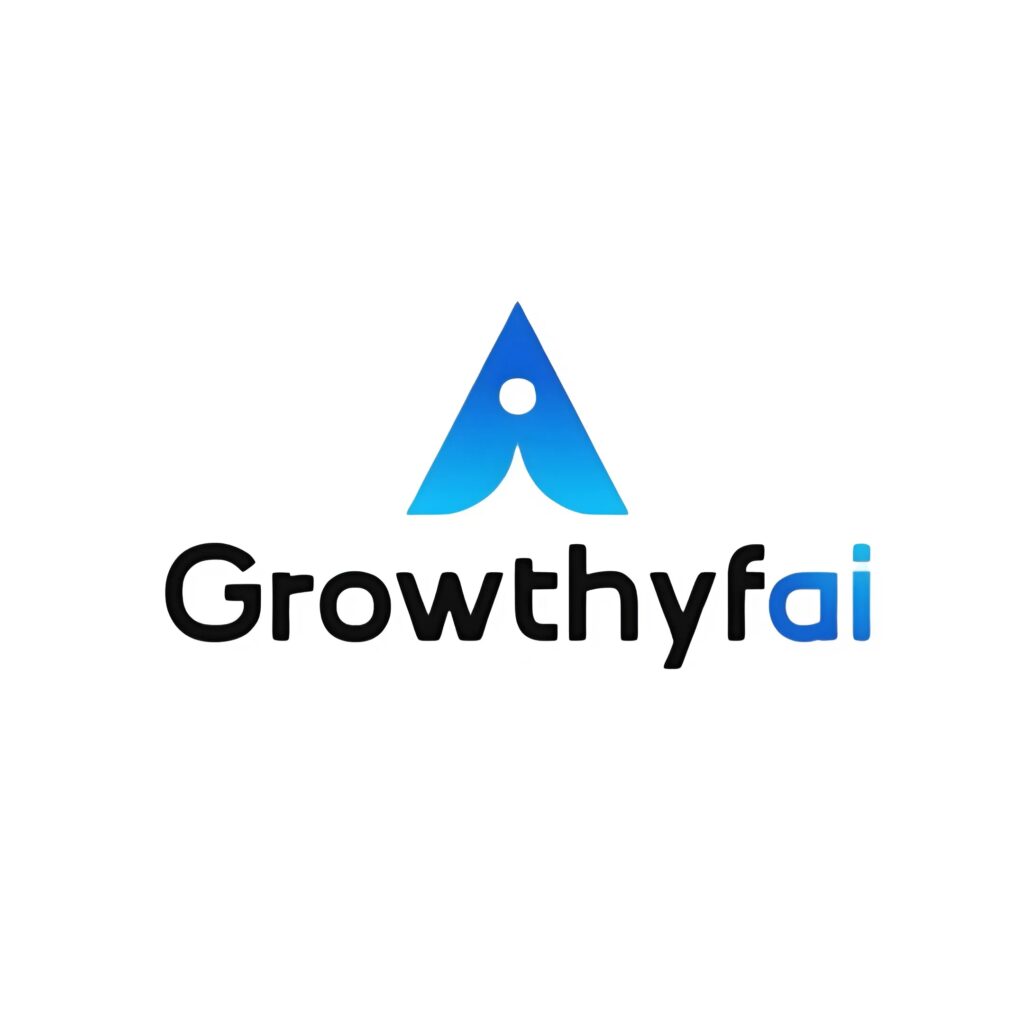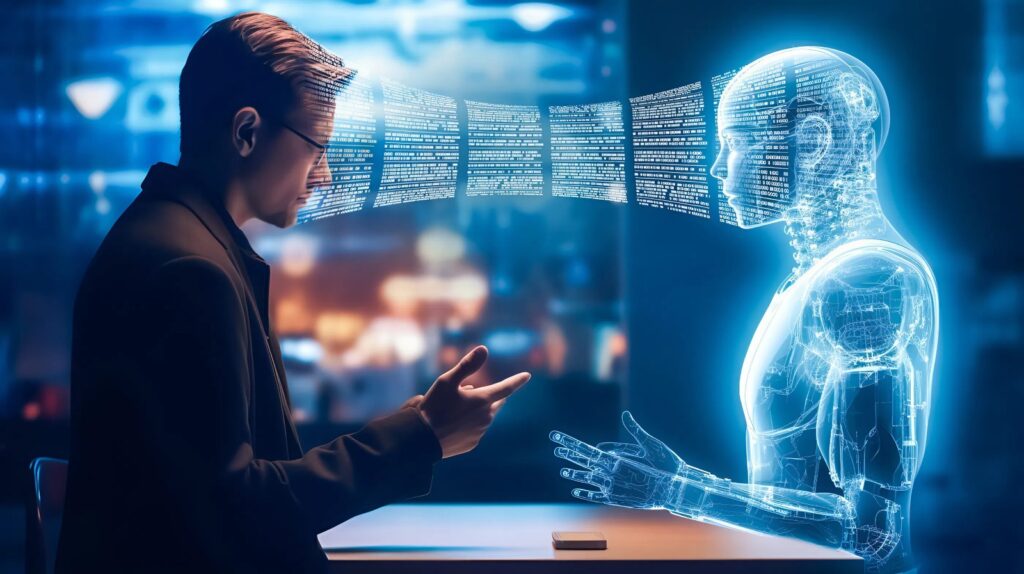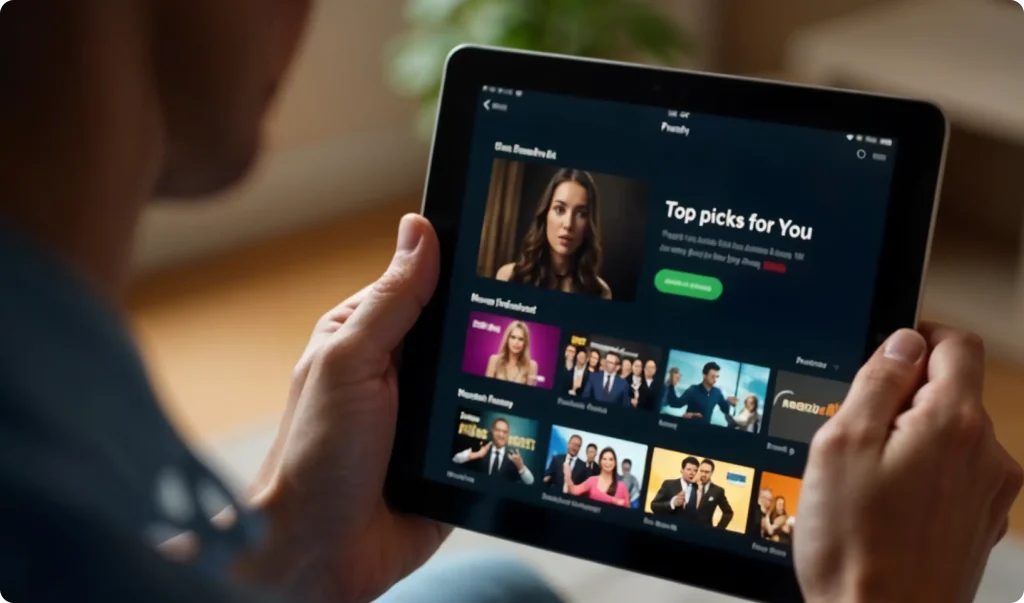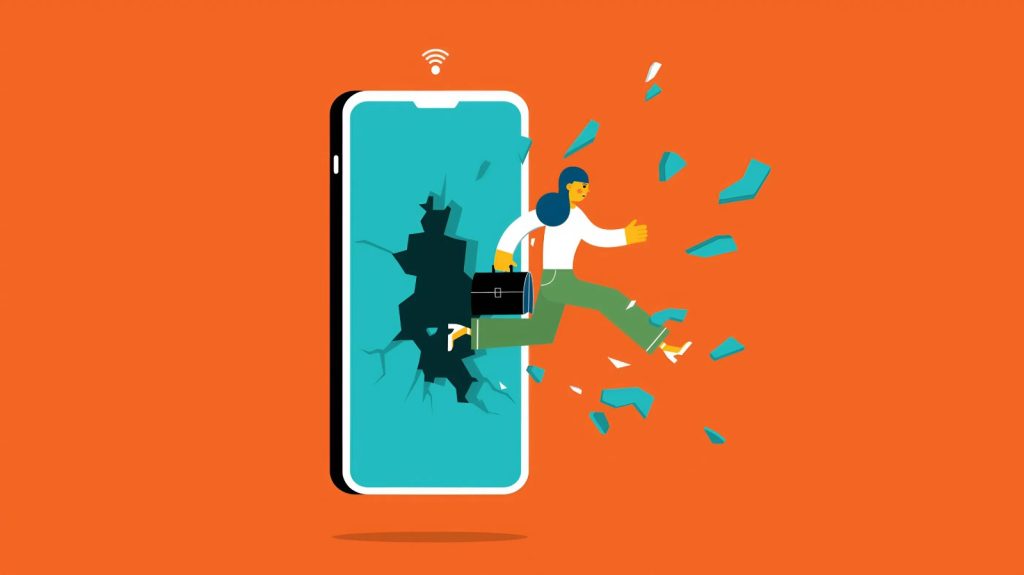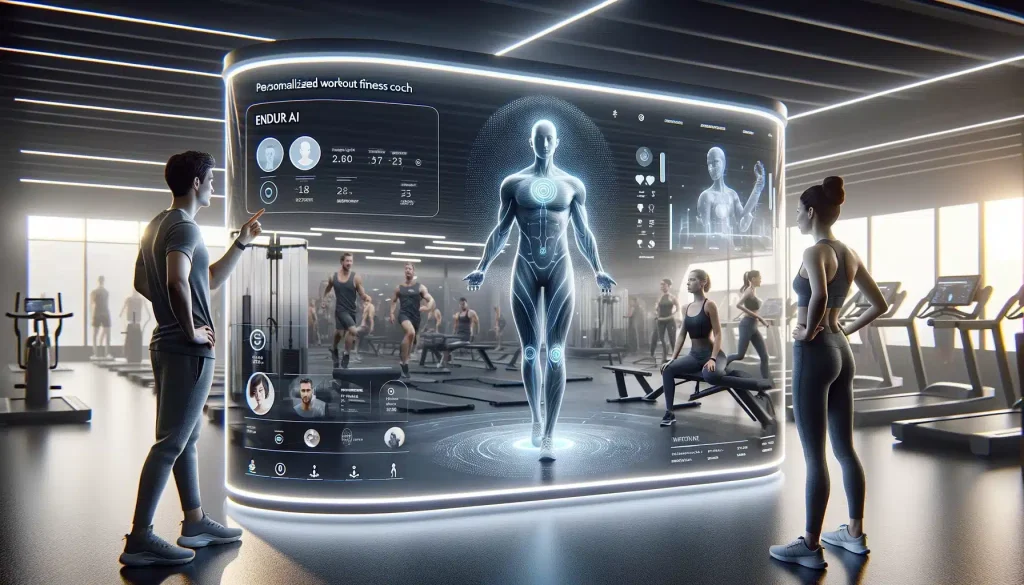How AI is Revolutionizing the Concept of Personal Digital Twins


The advent of artificial intelligence (AI) has paved the way for revolutionary advancements across various sectors, from healthcare to finance, robotics to digital lifestyle. Among these innovations, the concept of personal digital twins is gaining tremendous traction. Though still in its nascent stage, the idea of creating digital replicas of ourselves that can assist in decision-making, predict our needs, and enhance our digital experiences is both fascinating and transformative.
Understanding Personal Digital Twins
Personal digital twins are virtual models of individuals that leverage data from wearables, online interactions, preferences, and habits to simulate the person’s behaviors, needs, and responses in real time. These twins act as advanced avatars capable of performing tasks, providing insights, and making personalized recommendations.
The core of these digital twins lies in their ability to replicate real-world dynamics, made possible through AI algorithms. By processing vast amounts of data—collected through IoT devices, apps, and smart sensors—AI creates a dynamic model that evolves alongside the user.
The Role of AI in Enabling Digital Twins
AI drives the development of personal digital twins, primarily through machine learning, natural language processing, and predictive analytics. Machine learning models analyze behavioral patterns, learning from them to anticipate needs. For example, an AI-driven digital twin can predict when you might need a specific service or remind you of pending tasks.
Natural Language Processing (NLP) allows digital twins to understand, interpret, and respond to human language. This capability makes interactions more intuitive and personalized, providing a seamless experience in digital environments. Predictive analytics, on the other hand, equips these digital entities to make data-driven predictions about future preferences or outcomes.
Applications in Daily Life
1. Healthcare: In healthcare, digital twins have the potential to revolutionize personal health management. They can monitor vital signs, recommend lifestyle changes, and even simulate health outcomes based on current habits. For instance, if your digital twin detects a change in your sleep patterns or physical activity, it could suggest modifications to improve your wellbeing or prompt you to consult with a healthcare professional.
2. Lifestyle Management: Personal digital twins can streamline daily activities by managing schedules, shopping lists, and travel plans. Imagine a digital twin that not only reminds you of an upcoming meeting but also advises on optimal routes based on real-time traffic data, thanks to integration with smart city infrastructure.
3. Financial Services: AI-driven digital twins can enhance financial decisions by analyzing spending habits and offering personalized advice, such as investment opportunities or budget planning, tailored to your financial goals and risk appetite.
4. Digital Assistance: Beyond Siri or Alexa, digital twins could offer a more nuanced personal assistant experience by understanding your preferences at a deeper level. They could handle emails, set reminders, and even engage in proactive problem-solving, significantly boosting productivity.
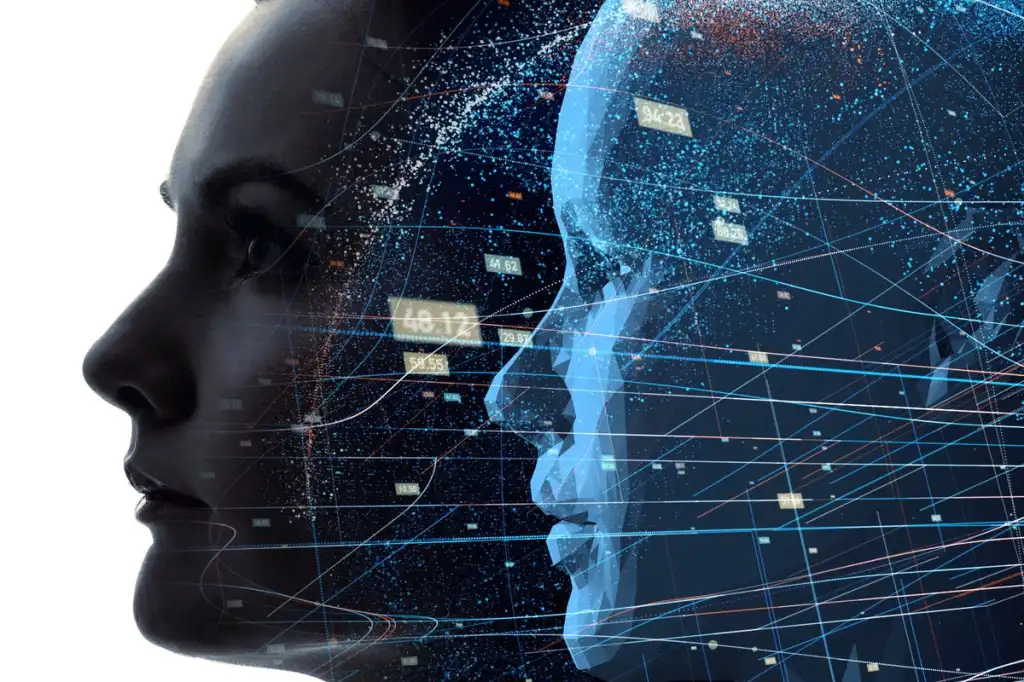
Challenges and Ethical Considerations
While the benefits of personal digital twins are immense, they come with their share of challenges and ethical considerations. Privacy and data security are at the forefront. The immense data these twins require to function also makes them vulnerable to breaches. Ensuring robust security measures and data encryption is crucial to protect user data.
Moreover, the concept of digital twins raises questions about autonomy and dependency. As these digital entities take on more roles, there’s a risk of people becoming overly reliant on them, potentially affecting decision-making skills and critical thinking.
It’s also essential to address biases in AI models. Since digital twins often use machine learning models that rely on historical data, there is an inherent risk that biases within this data could be perpetuated, leading to unfair or inappropriate outcomes.
Real-World Examples and Case Studies
Several companies are already exploring the potential of personal digital twins. For example, in the automotive industry, car manufacturers create digital twins of vehicles to predict maintenance needs. Furthermore, some software firms are developing personalized AI companions that learn and grow alongside their users, offering unique insights and suggestions personalized to one’s digital life.
Tech giants are also investing heavily in digital twin technologies. For instance, Microsoft has been working on digital twin platforms that help organizations model complex systems of processes, environments, and devices.
In healthcare, projects tackling personalized medicine by simulating patient-specific biological systems are actively being pursued, demonstrating the far-reaching potential of digital twins.
Conclusion
As AI continues to evolve, the concept of personal digital twins is shifting from science fiction to reality. These AI-driven entities promise to enhance our lives by offering personalized insights, improving efficiency, and fostering proactive health and lifestyle management. However, as with any technology, it is vital to approach this development mindfully, keeping an eye on privacy, ethical concerns, and balancing technology with human intuition.
By understanding and embracing the capabilities and challenges of personal digital twins, we stand at the brink of a new era in digital lifestyle, one where AI plays a pivotal role in crafting customized digital interactions for every individual. The future is indeed promising, with personal digital twins set to redefine the way we connect with the digital world.

